The detailed answer to the question: what is better an iron or steamer - pros and cons of each technology, care and maintenance
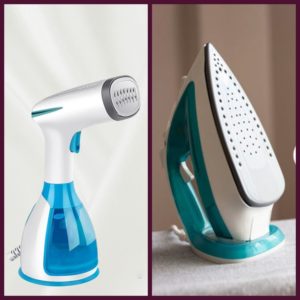 Everyone wants to look neat and keep their home tidy. You can't do without ironing when taking care of your closet, linens and other home textiles.
Everyone wants to look neat and keep their home tidy. You can't do without ironing when taking care of your closet, linens and other home textiles.
You can use an iron or steamer to iron your clothes.
Let's understand the structure and operating principles of these devices, study their pros and cons and find out which of them is more effective for everyday household tasks and professional use.
Contents
The design and operation of ironing equipment
To better understand the functionality of your iron and steamer, you should first study their design to understand how they work.
Design and function of the iron
The structure of the iron is determined by its model: from the simplest to the variant with a steam generator and wireless devices. The iron's smoothing part is the soleplate, which in budget equipment is made of steel or aluminum, and in more expensive irons is equipped with a coating made of ceramic or Teflon. The soleplate of the irons has holes for steam supply. Inside the soleplate is a tubular electric heater (TEN).
Heating is controlled by a thermostat which switches the heating off when the set temperature is reached and resumes when the soleplate cools down. The corded models are powered from the mains through a wire connected to contacts inside the iron.
There is also a power indicator and a water tank with a water nozzle outlet for steam and splashing water. The body is made of transparent plastic to visually control the level of water in the tank. A handle is equipped with a rubberized insert to prevent slipping.
The iron works as follows:
- after connecting to the network, the heating element is heated;
- The heating of the heating element is controlled by a thermostat whose plates change shape at a certain temperature and open the circuit, cutting off the current supply;
- when the thermostat plates cool down, they return to their former shape, the circuit closes again and the current is restored;
- the cycle repeats for the entire ironing time;
- if the iron model has a water tank, you can press the steam release valve to allow the water from the tank to pass along the heating element and heat up to steam;
- Then, for better ironing quality, low-pressure steam is supplied through the holes in the soleplate and the outlet of the steam nozzle.
 Construction and operating principle of the steamer
Construction and operating principle of the steamer
Steamers come in floor-standing, vertical and manual models. Classic models have a boiler water tank with an electric heater. To protect against overheating, there is a built-in thermostat. Power is supplied from the mains.
The tank is placed in the case on which there are indicators and regulators or a control panel. From the tank the steam from the boiling water flows into the steam hose and into the iron. The iron can be made of plastic, metal or ceramic.
Clothes are placed on the hangers, which are located on a telescopic, height-adjustable stand. The rack is built into the body of the steamer.
Some models are equipped with an iron heater to prevent condensation drips. The kit may also include additional items: thermal mitt, clamps, clothes brushes, etc.
Here's how steamers work:
- after power is applied, the water in the tank is heated by the heating element and boils;
- In gravity models, the steam from the boiling water is continuously fed through a steam hose (or without a hose, directly - in manual models) into the iron under low pressure;
- For the high pressure devices, the steam accumulates in a tank, the pressure builds up and the steam is supplied to the iron in high pressure portions;
- the thermostat protects the device from overheating by stopping the heater from heating when a certain temperature is reached.
 Pros and cons of each type of appliance
Pros and cons of each type of appliance
Every technique has strengths and weaknesses. For example, a steamer will be difficult to handle bedclothes made of thick fabrics, while an iron will smooth them out without any problems. And vice versa, the steamer can easily put curtains in order, even without removing them from the curtain, while the iron will have to work hard. Let's understand all the pros and cons of ironing equipment.
| The appliance | Iron | Handheld steamer | Floor and vertical steamer |
| Pros of |
|
|
|
| Disadvantages |
|
|
|
Where better vertical steaming is available
In terms of vertical steaming capabilities, an iron loses even to a simple handheld steamer. There are several reasons.
- Convenience. When the reservoir is full, vertical steaming makes it difficult and uncomfortable to hold an iron in the hand for a long time, but a classic steamer iron or a small handheld model fit easily in the hand. They are easier to maneuver.
- The presence of a stand. Floor-standing and vertical steamers are equipped with a built-in rack with coat hangers, so there is no need to look for a coat rack and an extra place for steaming.
- Continuous steam function. Almost all steamers are equipped with this function: you don't need to press anything else, the steam comes out all the time. And when steaming with an iron, you have to press the steam button every time, and wait for it to heat up again to the desired temperature.
- Different steam speed. The higher it is, the more effective the ironing.
 Useful features
Useful features
In addition to the main function of steaming and ironing things, modern ironing technique has a number of other useful functions.
Constant steam function
Almost all steamers have this feature. But in irons, continuous steam is rare: The usual option here is to press a button, when steam is ejected in portions.
Treating things with a steady stream of steam saves a lot of effort in the process and improves the quality of ironing. Constant steam evenly smoothes out all creases, while removing unpleasant odors from fabrics and disinfecting things.
Splashing water
That's where irons have the advantage: almost all irons now have a water spray nozzle, even the very basic ones. This is especially useful when ironing bedding, helping to speed up the process and better smooth out creases. As for steamers, most of them do not have this functionality. The exceptions are rare handheld models.
Steam Shock
This mode allows the iron or steamer to produce a powerful jet of steam at high pressure. This makes ironing faster and better. Devices with this function cope even with badly wrinkled items.
 Wireless capabilities
Wireless capabilities
More and more irons are now available that operate wirelessly. They work on the principle of recharging from a plugged-in docking station that is placed on a board or other surface. To recharge, the time in which a thing is placed and turned over on the board is used. Opinions of users vary: some find such irons very convenient, and some have the opposite impression.
But it is unlikely to find a wireless vertical or floor steamer. With their high power, such equipment will not be able to work fully in portable mode. Therefore, there are only handheld wireless steamers, the low power of which allows them to work autonomously for some time. Wireless irons and steamers are much more expensive than wired equipment.
Auto shutoff and remote control
Some models of iron have this feature. Auto shut-off turns the iron off when it is not in use, protecting it from overheating. And the possibility of remote control with synchronization with your smartphone allows you not to think about the forgotten iron, and turn it off remotely, without being at home.
Dry ironing function
Only irons have this feature. This can come in handy when processing particularly delicate items, when the impact of steam on the fabric is undesirable. The principle of steamers inherently excludes dry ironing.
Limescale protection
Not all irons and steamers have limescale protection. Often built into the tank or boiler are lime-resistant plates or rods.. Devices with limescale protection usually cost a little more.
 Ironing Quality
Ironing Quality
The quality of ironing will be determined by several parameters:
- Power;
- Steam delivery speed;
- Steam impact function.
Irons and steamers are divided into 3 categories according to their power: Low-power devices (up to 1500 W), medium-power devices (from 1600 to 2000 W) and powerful devices with values over 2000 W.
The evaporators are undoubtedly the winners in terms of steam speed. The same goes for the steam blow function.
Even if an iron has this feature, its steam impact is always weaker than the steam impact of steamers. What is important about steam impact is the maximum steam pressure. The values can be in the range of 1-6 bar.
As practice shows, a pressure of 3 bar is sufficient for home use.
 Selection according to needs
Selection according to needs
Irons and steamers cope differently with different daily tasks. Let's consider for what kind of cases which device is better suited.
Ironing curtains
You can get your curtains in order with any ironing appliance. However, ironing curtains with an iron is a hassle: You have to take them down, iron them out, and then hang them up again.
But with a steamer, you can iron curtains without removing them from the curtain. In addition, the iron can damage delicate and tulle curtains, whereas the steamer is gentle on delicate fabrics and leaves no trace.
Caring for your outerwear
The steamer is indispensable for the care of outerwear: In addition to smoothing the fabric, while steaming disinfects outerwear and removes unpleasant odors.
And some elements of the outer closet is simply impossible to iron: fur items will not work, and jackets and coats can begin to shine after ironing.
Treating furniture
You can take care of upholstered furniture with classic or hand steaming. This refreshes the appearance of the furniture, removes minor dirt, and disinfects it. It also lifts lint and smooths out wrinkled parts of covers and upholstery.
Care of children's clothes
Here both ironing appliances will show themselves well. Much depends on the volume of clothes for ironing: in a large family with many children it will be easier to use the steamer, and with a small number of things the iron will do. But we must take into account that steam disinfects better than dry ironing.
 Ironing bedding
Ironing bedding
For ironing bedding made of dense natural fabrics the iron is ideal. Only it can smooth out the folds of dense fabrics in a horizontal position. After all, you can't steam linens vertically, and many steamers are only capable of working in this vertical mode.
Ironing of shirts and pants
For ironing uniform items, collars and cuffs of shirts the iron is simply indispensable. It is also impossible to make neat arrows on pants without it. Some steamers come with arrow clips, but you can't make sharp arrows with them - at most you can refresh arrows made with an iron.
Care of articles made of delicate fabrics with decorative elements
Things of synthetic and delicate fibers with an abundance of rhinestones, jewelry and other decorative elements to iron is difficult, and sometimes impossible. So only a steam iron is suitable for this application.
 Professional use
Professional use
Both irons and steamers are needed in the professional sphere: it all depends on the specific tasks and volume of work.
Steamers are used in clothing stores, markets, ateliers, curtain salons to quickly get things in order. They are also in demand in hospitals for steam disinfection. Furniture salons, dry cleaners, and cleaning companies connect additional attachments and use them as steam machines.
In professional use powerful devices are used, manual ones are usually not used.
And irons are mainly needed in sewing shops, ateliers when ironing arrows, cuffs, collars and other uniform details. Laundries, where they have to iron large amounts of linen, are also in need of irons.
More and more often professionals buy 2-in-1 appliances: steam stations that combine an iron and an iron.
 Size and storage
Size and storage
Irons and manual steamers are superior to the classic floor-standing or vertical steamers in terms of compactness. They don't need much space, which comes in handy when you don't have a lot of room. But consider that the iron needs an ironing board, which also has to be stored somewhere.
Powerful steamers with a large tank and stand need quite a lot of space, so it is advisable to decide on their storage location before you buy them.
 Cleaning and maintenance
Cleaning and maintenance
Ironing appliances need to be cleaned from time to time to remove limescale and dirt. Special products, pastes or pencils are sold for cleaning the iron's soleplate: they make it easy to remove lime and dirt. The water tank and heating element are more difficult to descale, but special descaling products have been developed for this as well.
In the case of steamers, the lime scale accumulates in the boiler, so it also needs to be descaled every 3-4 months with special products. For less scale formation, it is necessary to fill the reservoir of steamers and irons with distilled or at least filtered water.
You should also drain the water from the reservoirs after use, rather than storing it until the next time you iron, especially when there are long intervals between ironing. This will prevent fouling and contamination of the tank walls.
For service and complicated cleaning of the heating elements of ironing machines, you should contact professionals in service centers. Do not perform such actions yourself: it can lead to equipment damage.
Useful video
Your video tells you which iron or steamer to choose:



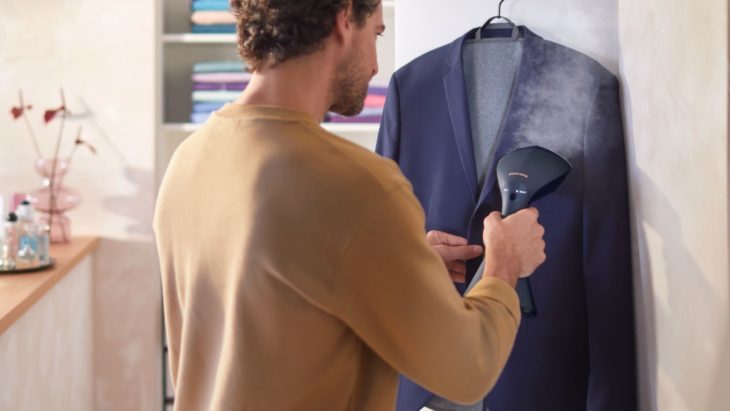 Construction and operating principle of the steamer
Construction and operating principle of the steamer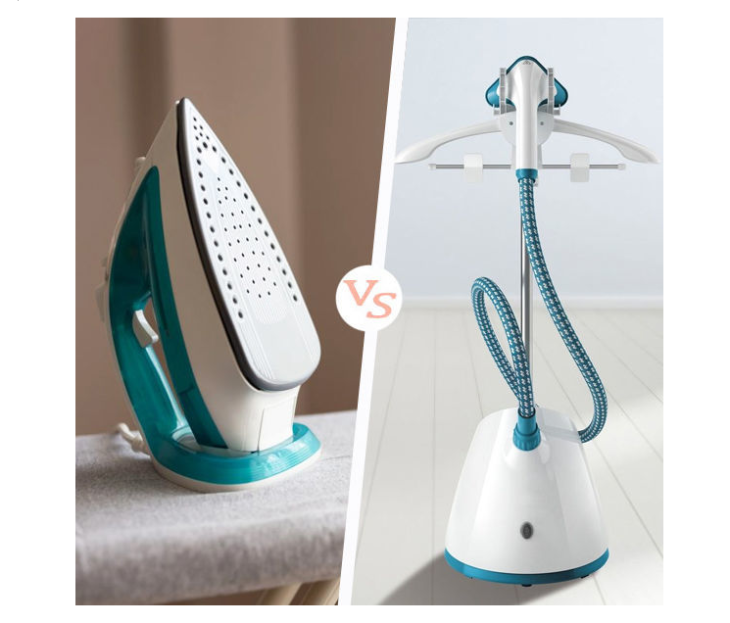 Pros and cons of each type of appliance
Pros and cons of each type of appliance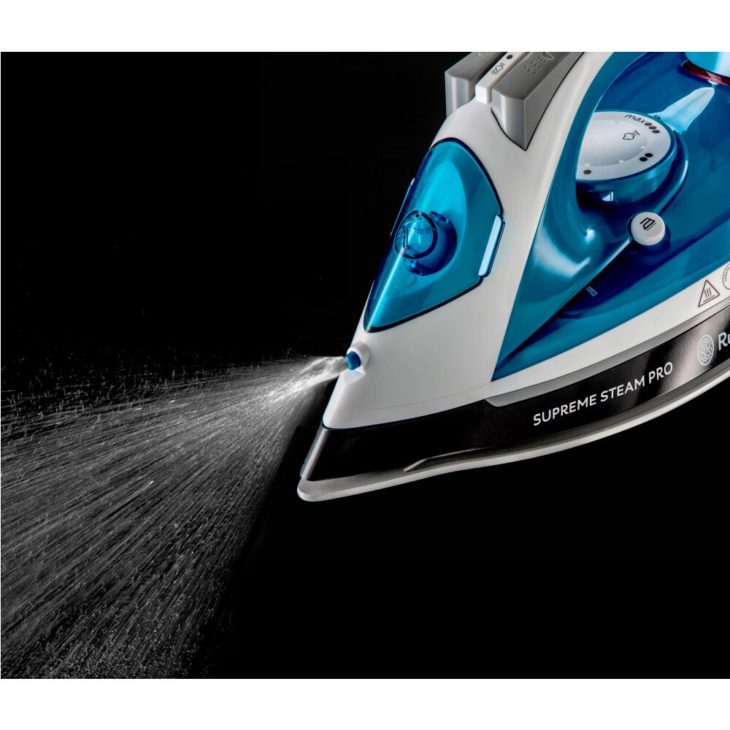 Useful features
Useful features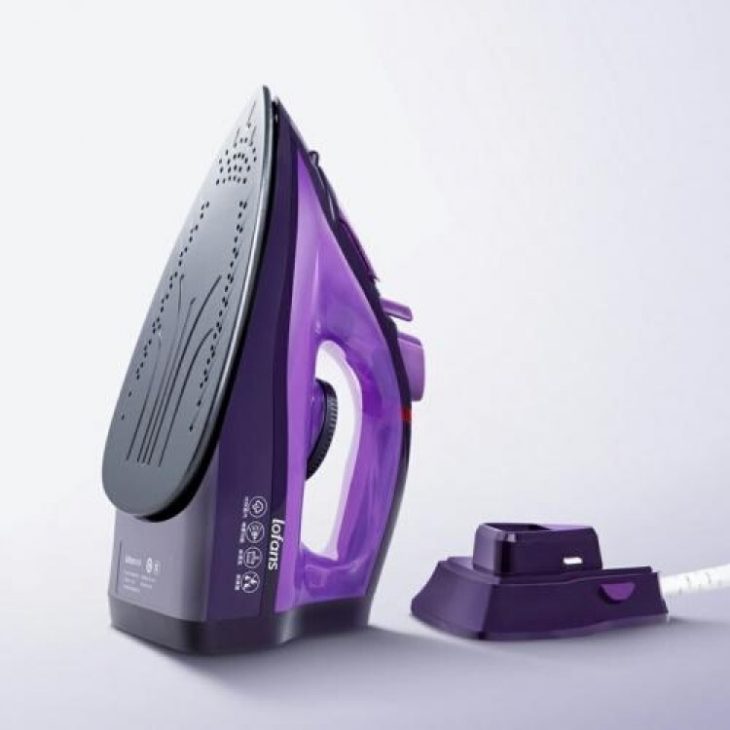 Wireless capabilities
Wireless capabilities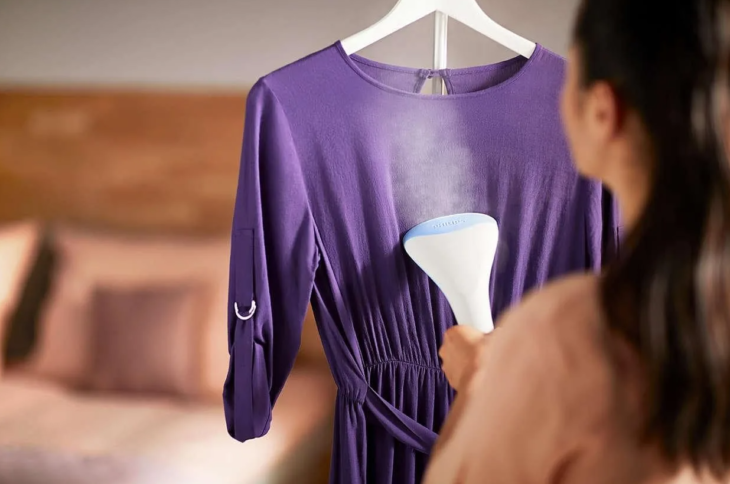 Ironing Quality
Ironing Quality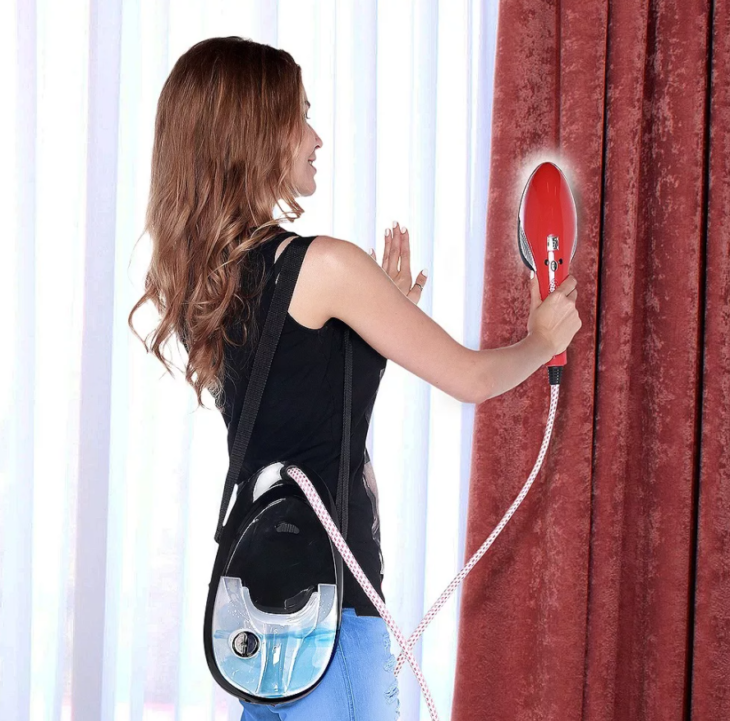 Selection according to needs
Selection according to needs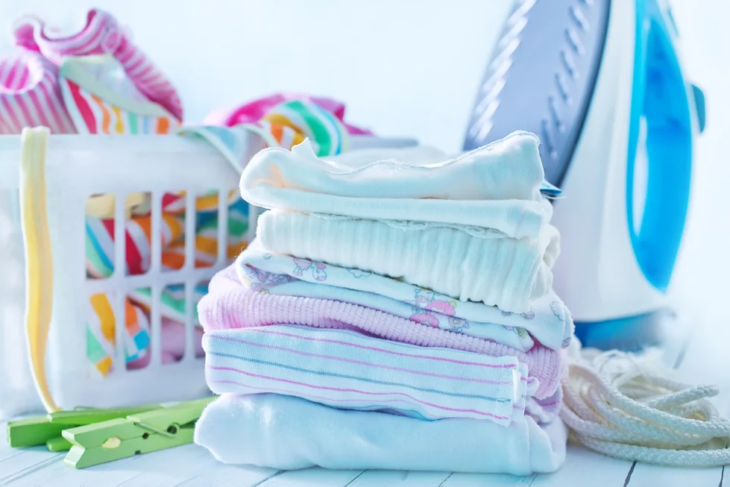 Ironing bedding
Ironing bedding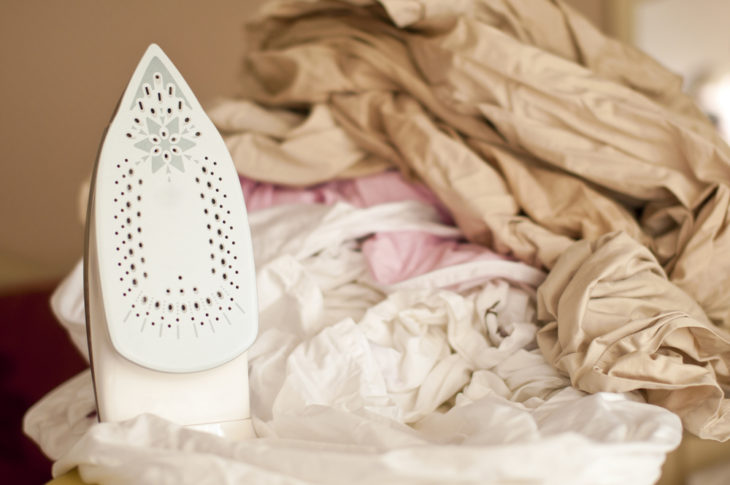 Professional use
Professional use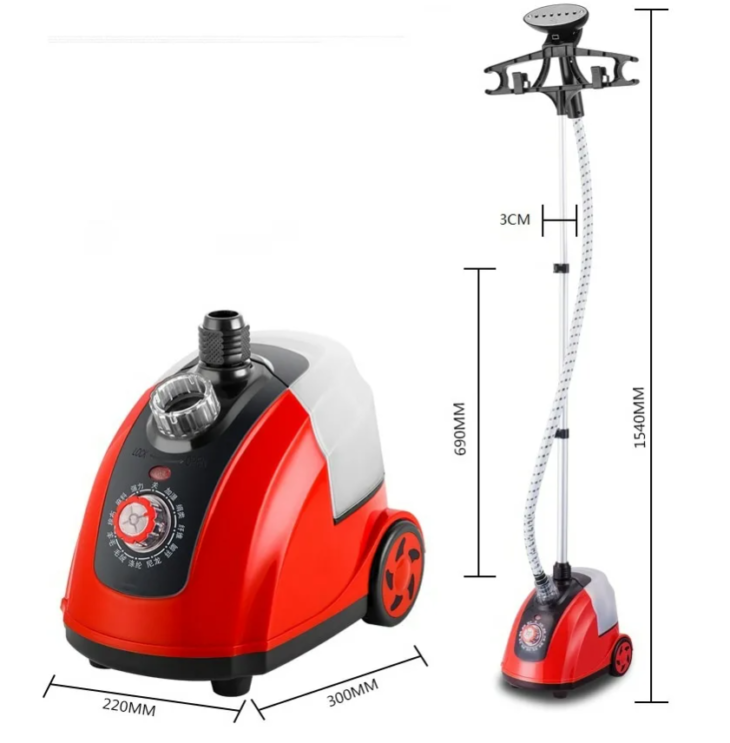 Size and storage
Size and storage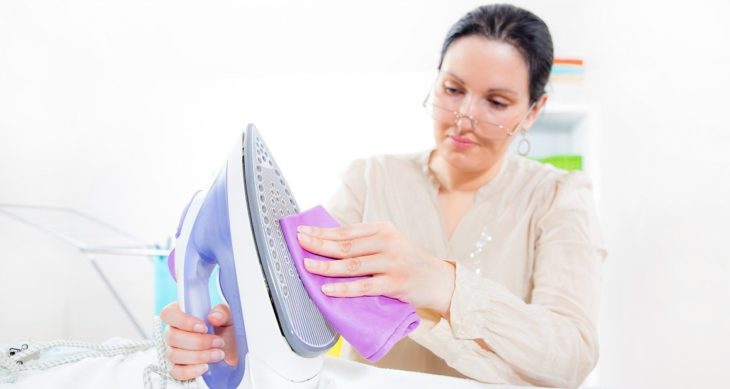 Cleaning and maintenance
Cleaning and maintenance